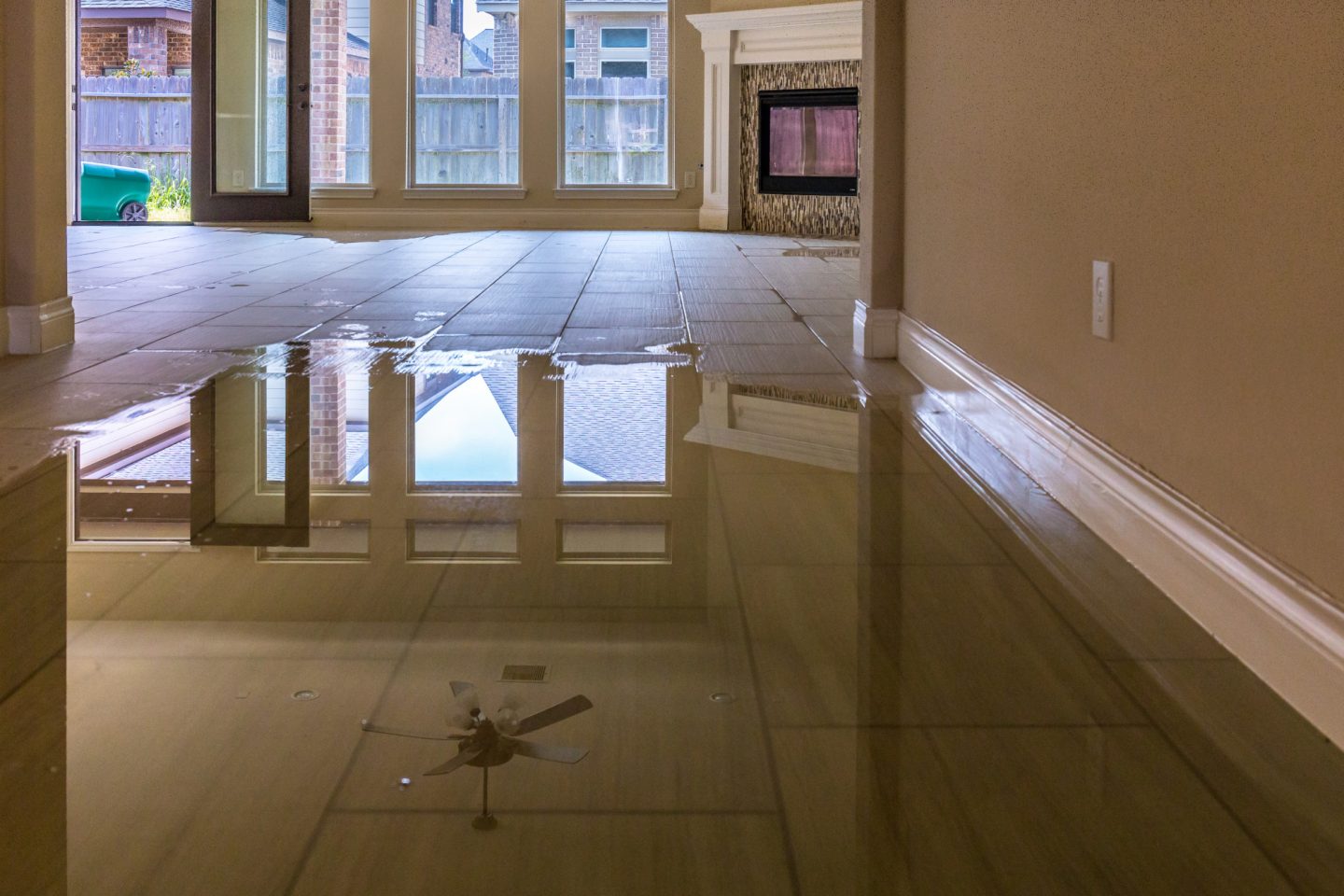
When your home is hit by a flood, quick and effective action is vital to minimize long-term damage and health risks. Dealing with the aftermath of a flood is always challenging, but knowing the right steps to take immediately can ultimately save you time, money, and stress. We’ve seen firsthand the crucial need for a speedy response and the impact it has on the restoration process. From assessing the damage to beginning the drying-out process, each step is geared to mitigate further issues, such as mold growth and structural complications.
The immediate focus should be on safety and documentation, followed by water removal and drying. Our expertise in flood damage restoration teaches us that acting within the first 24-48 hours is crucial. Not only does quick action prevent further damage, but it also speeds up the return to normalcy. Our team specializes in providing the necessary guidance and services to efficiently manage the aftermath of flooding, ensuring that your home not only recovers but is also better prepared for future incidents.
Immediate Steps to Take After Your Home Has Been Flooded
When your home has experienced flooding, it’s critical to act swiftly to mitigate damage and ensure your safety. First, ensure that it’s safe to return to your property. Check for any visible structural damage like warping or cracked foundations that could make entry dangerous. Once it’s safe, disconnect all electrical power to prevent electrical hazards. Wearing protective clothing such as gloves and boots during cleanup is essential, as floodwaters can contain hazardous materials.
We advise taking photos or videos of the damage as you inspect your property. These records are crucial for insurance claims and for our team to assess the situation effectively. Begin removing water as soon as possible, using pumps or vacuums if available. Additionally, removing mud, dirt, and debris from your property will prevent further contamination and mold growth. Remember, quick and efficient action can be the difference between minor repairs and major restorations.
Using Dehumidifiers and Fans: A Guide to Proper Placement and Use
After addressing immediate water removal, the next critical step is setting up dehumidifiers and fans to dry out the premises. Proper placement and use of these tools can significantly accelerate the drying process, thus reducing the likelihood of mold and structural damage. Place dehumidifiers and fans strategically throughout the wet areas, focusing on spots where water has soaked into materials such as carpets and walls.
To maximize the fans’ effectiveness, position them at angles where they can push the moist air towards open windows or doors, helping to circulate fresh air and reduce humidity levels. Dehumidifiers should be placed in central locations in each room or in areas with the highest moisture levels. Ensure that the water collection containers are emptied regularly to maintain optimal performance. Using these tools effectively helps preserve the integrity of your home’s internal structure and furnishings, reducing restoration costs and effort in the long run.
DIY Solutions for Removing Water and Moisture from Carpets and Furniture
After a flood, dealing with soaked carpets and furniture can be daunting, but it’s crucial to address these issues promptly to prevent mold growth and further damage. We recommend beginning the process by removing as much water as possible. For carpets, use a wet-dry vacuum to suck up water thoroughly. If the furniture is salvageable, wiping down surfaces with a dry cloth and using fans to air out the pieces is necessary. For carpets and upholstery, generously sprinkle baking soda over the surfaces; it acts as a natural moisture absorber and odor-neutralizer. Allow the baking soda to sit for at least 12 hours before vacuuming. For heavier upholstered items like sofas, consider steam cleaning to remove moisture deep within the fibers effectively.
Preventing Mold and Ensuring Long-Term Dryness in Your Home
Preventing mold after a flood is paramount for maintaining the health of your home environment. To ensure long-term dryness and mold prevention, we emphasize the importance of properly drying out every part of your home. It’s not just about removing visible water; it’s essential to ensure no residual moisture remains. Use dehumidifiers and keep them running for days, or even weeks, depending on the extent of the moisture. Regularly check hidden areas like under carpets, behind walls, and in crawl spaces to ensure they are completely dry. Additionally, consider waterproofing your home by applying water-resistant paints and sealants on walls, floors, and joints to prevent future water ingress.
Conclusion
Remember that the key to effective post-flood recovery lies in rapid response and thorough drying to prevent mold and structural damage. At Restoration Masters, we provide expert flood restoration services designed to bring your home back to its pre-loss condition efficiently and effectively. If you’re overwhelmed by the damage or need professional assistance, don’t hesitate to reach out to us. Our experienced team is here to help restore your peace of mind and ensure your home is safe, dry, and comfortable again. Contact us today to learn more about our damage restoration service or schedule a consultation.





